Edit: This works better:
#change relative to the maximum change
threshold <- 0.1
d1 <- diff(wss)
# this assumes that the first value is the highest
## you could use max(d1) instead of d1[1]
which.max((d1 / d1[1]) < threshold) #results in 3
d1 <- diff(wss2)
which.max(d1 / d1[1] < threshold) #results in 5
Second Edit: This is somewhat subjective, but here's how my three methods compare for your two data sets. While it's easy to visualize what a plateau is, you need to be able to describe in math terminology what a plateau is in order to automate it.

Original: If you know that the second derivative will flip from positive to negative, you can do this:
sec_der <- diff(wss, differences = 2)
inflection_pt <- which.min(sign(sec_der))
inflection_pt
For this data set, the result is 5 which corresponds to the original datasets result of 7 (i.e., 151.991).
Instead of looking at inflection points, you could instead look at some relative percent threshold.
thrshold <- 0.06
which.min(sign(abs(diff(wss)) / wss[1:(length(wss)-1)] - thrshold))
This results in 5 as well using the first derivative approach.
Regardless, using the diff() function would be a key part of figuring this out in base R. Also see:
Finding the elbow/knee in a curve
Code to create graphs:
wss <- c(23265.2302840678, 4917.06943551649, 1330.49917983449, 288.050702912287,
216.182464712486, 203.769578557051, 151.991297068931, 139.635571841227,
118.285305833194, 117.164567420633, 105.397722980407, 95.4682187817563,
116.448588269066, 88.1287299776581, 83.9345098736843)
wss2 <- c(1970.08410513303, 936.826421218935, 463.151086710784, 310.219800983285, 227.747583214178, 191.601552329558, 159.703151798393, 146.881710048563, 138.699803963718, 134.534334658148)
data_list <- list(wss, wss2)
# Potential_methods -------------------------------------------------------
plateau_method = list(thresh_to_max = function(x) which.max(diff(x) / diff(x)[1] < threshold)
, inflection_pt = function(x) which.min(sign(diff(x, differences = 2)))
, deriv_to_raw = function(x) which.min(sign(abs(diff(x)) / x[1:(length(x)-1)] - threshold))
)
threshold <- 0.1
results <- t(sapply(plateau_method, mapply, data_list))
# graphing ----------------------------------------------------------------
par(mfrow = c(3,2))
apply(results, 1, function (x) {
for (i in seq_along(x)) {
plot(data_list[[i]],ylab="Within groups sum of squares", type = 'b', xlab = 'Number of Clusters')
abline(v = x[i])
}
} )
lapply(seq_along(names(plateau_method))
, function (i) {
mtext(paste(names(plateau_method)[i]
, "- \n"
, substring(plateau_method[i], 15))
, side = 3, line = -18*(i)+15, outer = TRUE)
})
mtext('Threshold = 0.1', side = 3, line = -53, outer = T)

